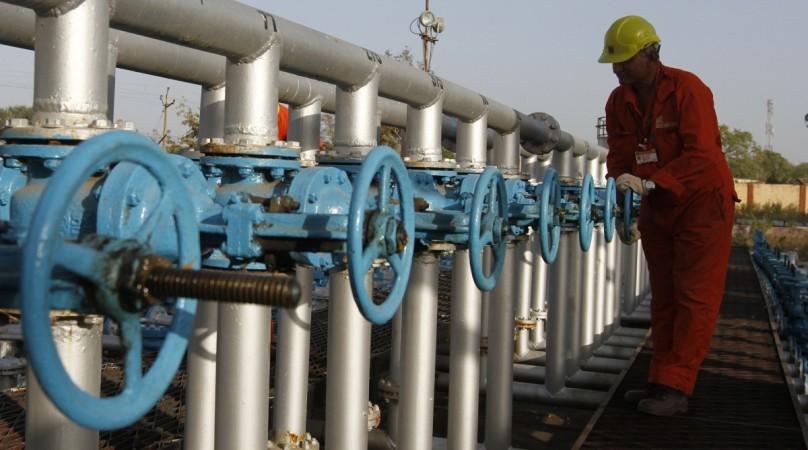
Oil prices fell on Monday as Iran and six world powers were close to nailing down a nuclear deal, but high Chinese crude import figures prevented prices from tumbling further.
The potential of Iran soon adding to global oil oversupply and the demand side weakening over China and Europe led several analysts to say that crude would fall further.
Iran and six world powers were on the brink of finding a nuclear deal that would bring sanctions relief in exchange for curbs on Tehran's nuclear programme.
U.S. crude prices were down around 90 cents at $51.83 a barrel at 0226 GMT.
Front-month Brent crude futures fell around a dollar to $57.74 a barrel on the back of an expectation that a deal with Iran would lead to an easing of sanctions against Tehran and to higher crude exports.
Chinese customs data showing that its crude imports in the first half of the year were up 7.5 percent compared with the same time in 2014 prevented prices from falling further despite analysts saying this was more down to stockpiling of strategic reserves than a real rise in demand.
Investors were also watching whether China's stock markets can stabilise after a barrage of government support sparked a bounce in its key CSI300 stock index.
The Greek debt crisis continued as political leaders argued late into the night at an emergency summit, so far without result.
With oversupply ongoing and abundant economic risk, the International Energy Agency (IEA) and several banks said they had lowered their oil price forecasts.
"The bottom of the market may still be ahead," the IEA said in its monthly report.
Bank of America Merrill Lynch said that U.S. crude prices "could soon drop well below our $50 per barrel target in 3Q15".
Commerzbank said that a return of Iranian supplies could add to current oversupply of 1.5 to 2 million barrels per day and that "a fall below $55 per barrel in Brent and below $50 per barrel in WTI (U.S. crude) is therefore conceivable".
During the 2,650 trading sessions since 2005, U.S. crude prices have spent a mere 178 days, or 7 percent, of the time below $50 a barrel, Reuters data shows.
The sub-50 periods have been clustered into three episodes: early 2005, when prices began to rise away from historically lower levels, the post-2008 global financial crisis time and the current period of oversupply.

















